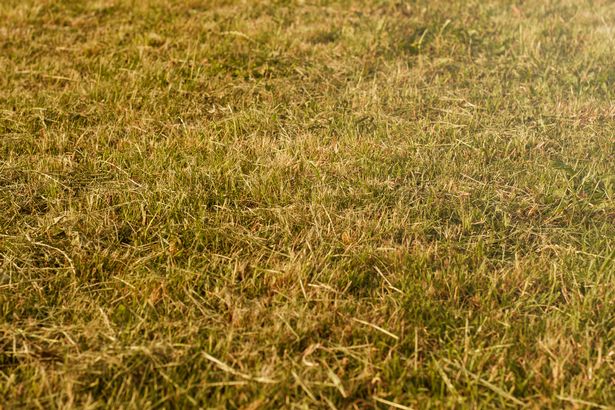If your lawn has grass that is changing its color to yellow or a lighter shade of yellow, then address it immediately. It is a sign that something might be wrong with the soil or the grass.
Scientists say that grass turning yellow is a very common phenomenon and is a symptom of a deficiency in nutrients. In an experiment using cow grass as a sample, it was inferred that pigmentations of red Brown, or yellow, growth of weeds, leaves drooping are symptoms that indicate a nutrient deficiency.
In most cases, if your lawn grass is dying and turning yellow it means it is either an excess of nutrients or a deficiency of nutrition is not due to Elements like iron, Potassium phosphorus and nitrogen are essential for the good health of the grass. The most practical way to prevent grass from dying due to nutrient deficiency or nitrogen excess is the correct usage of lawn fertilizer.
Nevertheless, there are multiple issues that can cause your grass to turn yellow and die. In this article, we shall go through the numerous reasons that can cause problems for your lawn grass.
My Grass Turns Yellow as Soon as I Use Fertilizer on It. Is This A Problem?
If your lawn grass turns to yellow after you apply fertilizers, it is not due to deficiency of nutrients but a surplus of it. Mainly it is nitrogen we are talking about here.
Nitrogen is the factor that determines if the soil is fertile or not. It promotes the growth of grass, trees, and crops. However, research shows that an excessive level of nitrogen in the soil can cause certain anomalies in the grass. A very common one is the grass having an increase in shoot growth with reduced growth of the root. This causes the grass you have a lower tolerance against high temperature and reduces the ability to stick to the ground in case of blowing wind or rain.
Therefore, it is advisable that even though nitrogen-rich fertilizers essential for the healthy growth of grass please conform to the prescribed amount and methods only. Overusing it can create problems as mentioned above.
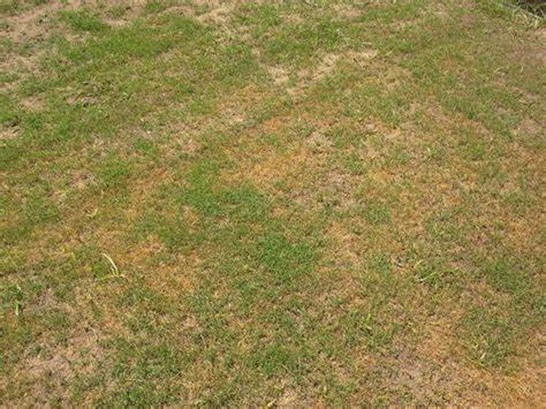
I Did Not Use Any Fertilizer Still My Grass Is Dying and Turning Yellowish. Why?
There is a plethora of reasons as to why your grass is turning yellow. Other than excessive or surplus of nutrients, some of the reasons are enlisted below:
Dehydrated Grass or Dried Grass
As the name suggests, lack of water or excess heat in the form of sunlight can be a reason your grass is turning yellow. It can eventually kill your grass by drying it. If your lawn has shades in the form of trees or anything else, you notice the grass there is much greener than in the area that gets direct sunlight. This is very common in temperate regions.
Overwatering the Grass
Yes, your lawn needs water but too much of anything is not good. Overwatering causes the grass to have a short root system. Having a short root system means your grass is prone to diseases insects’ weeds or any sort of resistance.
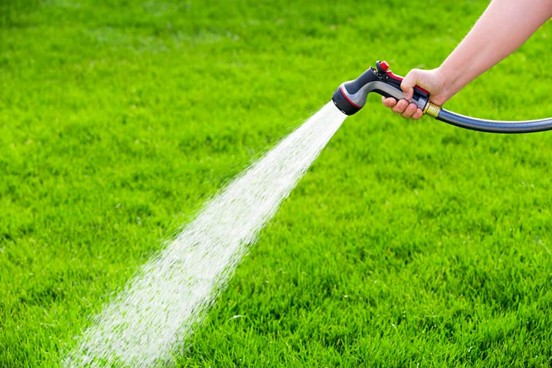
Diseases of The Grass
As awkward as it may sound, even grasses do fall sick. Glasses are often found to have fungal infections causing them to have a yellowish hue and even die. The natural moisture and the heat from the sun comprise the perfect environment for fungal infections to grow.
Some common diseases that affect lawns and their beauty are smut, fusarium, fairy wings, and snow mold. If you live in a humid region these diseases are highly likely to affect your grass.
Insects and Pests Damaging Your Lawn
In the event of your grass having spots, dead patches, or yellow blotches, examine the grass and the soil for insects or larva. There might be insects chewing off your lawn grass.
They can be harmful enough to infect the roots and even the soul. Get a magnifying glass and tear out one blade of grass from different areas of the lawn. Inspect them carefully for any sort of pest or unwanted insects. Before buying the pesticide, make sure you know the kind of pests you are up against.
Problems Caused by The Lawnmower
The lawnmower usually helps in maintaining the lawn but a malfunctioning one can cause damage too. If the blades are not sharp enough or if there is a leak in the gas tank it could be very fatal for the grass. Gasoline or petrol is a combustible element and not only is it has a risk of fire setting off but also damages the grass. Make sure that your lawnmower does not leak any fuel in any Way.
It may cause the grass to burn and even damage it down to the roots. Dull blades of the lawnmower can also be very harmful to the grass. Sharp blades cut the grass off while dull blades pull the grass off from the ground. Not only does it cause damage to the roots, but also affects the soils. On certain grounds it traps the entry of moisture and air to the soil, making it infertile.
Physical Damage
Physical damage or soil compaction and some of the reasons that can cause your lawn grass to be turning yellow. Soil densification compacts the ground and does not let moisture or air in. this proves to be harmful to the roots altogether. Bulky toys like the seesaw or the slide, kids playing rough, or even your companions with four legs can cause severe damage to the soil as well as the grass. Make sure that you keep a check on everything and that your lawn has good health as well.
Dry Time of The Year
During the winters, in most states’ desiccation is a common symptom. The harsh winter sucks every ounce of moisture from the air. Likewise, your soil has little moisture that helps. The chilled snow is too much for the grass to tolerate if there is no proper drainage system. In winters, the plumbing must ensure more irrigation for the soil. In summers, water your lawn two to three times. Water them enough so that the grass also has its share of water after the soil absorbs the water for the soil.
Rust
In some parts, in the early fall, the rust disease is a big problem. It is usually extensive when the growth of the grass is slow. It is recognized by the brown hue it imparts to the grass. Your lawn grass may even die if the fungal disease sits for too long.
Alkaline Damage
It is essentially the salt that causes the grass to grow yellow. The salt again disturbs the pH level of the grass and causes it to lose the green color. Salt ends up on your lawn in the form of snow, rain, or any other form of perspiration. The acidic gases in the atmosphere dissolve in the rain causing it to change to a mild acid. This harms the grass and may cause it to turn yellow.
Pet Litters
Animal Urine and feces can cause your lawn grass to turn yellow. Grasses have a pH of their own and certain chemicals distort that. Pet litters contain a lot of chemicals that can hinder the pH level, especially Urea.
It may cause the grass to burn and have a brown or yellow hue. Dogs generally develop a habit of going about their business at the same spot. This causes even more compaction of the soil. If the grass is not well-trimmed, it may even go unnoticed until the foul smell hits you. Train your pets to not be around the lawn when nature calls.
My Grass Is Turning Yellow. How Do I Stop It?
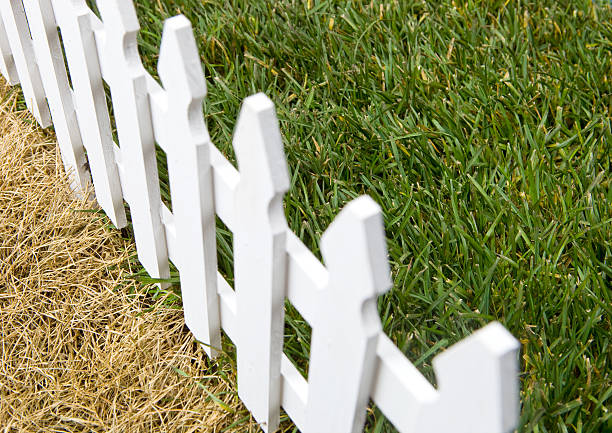
There are preventive measures that can stop your grass from turning yellow and eventually die. Based on the above-stated points, you can try the following methods:
Prevention of Excessive Nitrogen and Nutrient Deficiency at The Same Time
The most common way to have the optimum level of ingredients in your soil you still have it tested. This gives you a report which tells what is missing and what is more. After you are done with the test results observe the NPK (Nitrogen, Phosphorus, and Potassium) number on the package of the fertilizer.
This ratio estimates the need in your soil corresponding to the test results. It usually has three numbers (For example 30-30-30) which give you an idea of the amount of the above-mentioned chemicals present in the fertilizer. You can easily get your soil tested from several centers you find online.
Generally, they ask you to send up a package consisting of soil from your lawn. After that, they get you the results delivered within a week or two. Be sure to use the required amount of fertilizer. It is recommended that you use one pound to one-and-a-half-point fertilizer per thousand square feet of area.
Keeping Heavy Traffic Away from Your Lawn and Aerating and Dethatching Occasionally
Dethatching and aerating the soil can be very helpful in preventing it from turning yellow. Areas that are too compact and have a lot of thatch, are often prone to fungal infections. Instead of watering your lawn in the evening, try to water it in the afternoon or in the early morning to prevent this.
In this process, the lawn receives enough sunlight and heat for the excess moisture to dry up. Otherwise, the water sits the entire night. Also, be sure that the lawn is clear from any type of debris or trash that might hold up water. If you want to install toys on playsets on the loan for your kids, you can have a layer of gravel between the toy and the grass.
This way you do not have fungi growing up in between. You can also use gravel to create a pathway if you have a lot of traffic from the kids or your friends with four legs. A lot of walking can cause the grass to turn yellow as well.
Maintain the Lawnmower Regularly
Make sure that the lawnmower you are using is in good condition and has no leakage. Gasoline or petrol not only makes your lawn inflammable but also gives the grass and reduces soil capacity. As mentioned earlier, a mower with dull blades will tear the grass off from the soil.
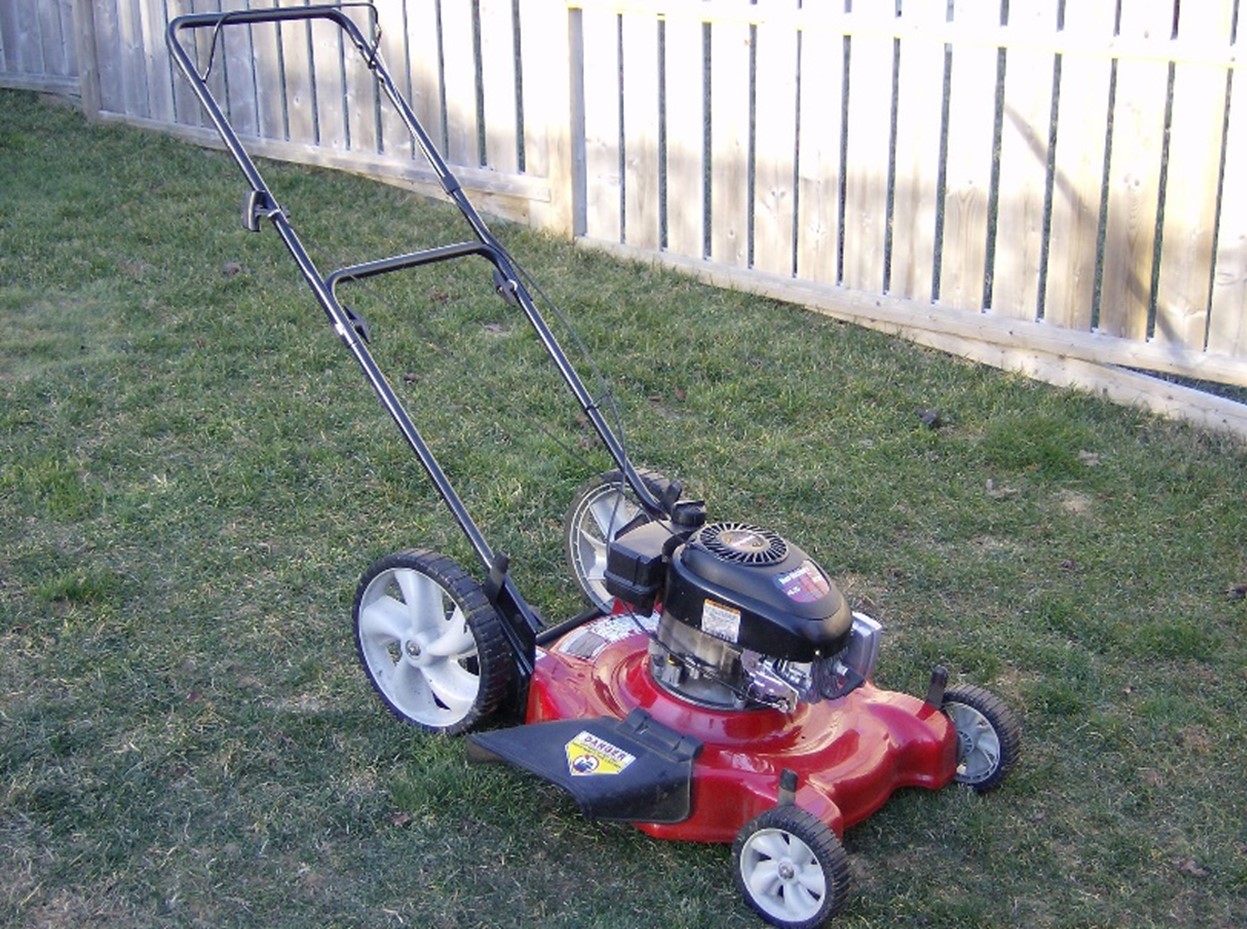
How to Revive the Lawn After It Has Turned Yellow?
Prevention is always better than cure, therefore try your best to keep the grass as green as possible. However, if the grass turns yellow, the only choice you have is to try and fix it. No matter what the reason is, your first step to fix it should be water. Whether it is a leakage in the mower or excess nitrogen, you must water the affected area as soon as it is distinguishable from the green grass.
So, if things are even worse, there are numerous brands that offer natural fertilizers. This is the best way to restore the damage done. It is completely natural and is mainly plant-based and therefore is safe for your pets as well as you. It is very effective in the case of grass that has been affected by heavy traffic on the lawn. It also develops a good root system. If pesticides are attacking your grass, it is better to go for synthetic products.
The keeper cheque on the grass as well as the soil and prevent insects and pests from Eating up your grass. Be rest assured that the products are clinically tested and do not harm your lawn at all. Still, make sure you read and clearly understand the instructions given on the package and apply doses in recommended Amounts only. Whatever you choose to apply, it should be just enough to restore your lawn’s condition.
Keep Your Grass Clean and Green!
Even though it is a lot of hard work, but maintaining your lawn is one that is worth it. A green lawn not only makes sure the evening better but also impresses the guests when they come over. If the damage is done, hopefully, you can recover and have found this article helpful.
Happy Gardening!

